( English version at the bottom of the page )
Une similitude conceptuelle étroite avec le Messerschmitt Me 262, le chasseur monoplace Su-9, également connu sous le nom
de Samolet(Aéronef) K, fait son premier vol à l'automne 1946. De construction entièrement métallique avec un fuselage
semi-monocoque, de section ovale et des ailes à un longeron, le Su-9 avait un armement de 37mm et deux canons de 23mm , et
était alimenté par deux turboréacteurs Junkers Jumo 004B de 900 kg (qui avaient été copiés pour être fabriqués en
Union soviétique sous le nom de RD-10) . Le Su-9 présentait un certain nombre de caractéristiques novatrices en matière
de technologie soviétique , notamment des gouvernes à commande hydraulique, un siège éjectable en cordite, un empennage
à incidence variable, des fusées à décollage assisté et un parachute de freinage . Des racks sous le fuselage central
permettaient le transport d'une bombe de 500 kg ou de deux bombes de 250 kg. Le Su-9 a été montré publiquement au-dessus
de Tushino le 3 août 1947, et la fin des essais d'état en décembre suivant , la production en série a été recommandée .
Les essais officiels ont eu lieu en 1947 et, alors que la production en série est envisagée, Joseph Staline , cédant aux
pressions de Yakovlev (constructeur aéronautique soviétique) , décrète qu'il est malvenu de copier les modèles allemands , par
ailleurs trop dangereux en vol .
La vitesse , le pilotage sont le plus possible conforme a l'avion réel , attention a l'atterrissage .
Touche 1 : Moteur gauche .
Touche 2 : Moteur droit .
Touche 3 : Feux de positions .
Touche 4 : Déverouillage aérofreins .
Touche 5 : Parachute .
Touche 7 : Déverouillage armement .
Trim : Trim .
Vtol bas + touche 4 : aérofreins .
English version :
A close conceptual similarity with the Messerschmitt Me 262, the Su-9 single-seat fighter, also known as the
of Samolet (Aircraft) K, makes his first flight in the fall of 1946. Of all-metal construction with a fuselage
semi-monohull, of oval section and wings to a spar, the Su-9 had a 37mm armament and two 23mm guns, and
was powered by two 900 kg Junkers Jumo 004B turbojet engines (which had been copied for
Soviet Union under the name of RD-10). Su-9 presented a number of innovative features in
of Soviet technology, including hydraulically controlled control surfaces, an ejector cordite seat, an empennage
variable incidence, assisted takeoff rockets and a braking parachute. Racks under the central fuselage
allowed the transport of a 500 kg bomb or two 250 kg bombs. The Su-9 has been shown publicly above
from Tushino on August 3, 1947, and the end of state tests in the following December, serial production was recommended.
The official tests took place in 1947 and, while serial production is under consideration, Joseph Stalin, yielding to
pressures from Yakovlev (Soviet aircraft manufacturer), decrees that it is wrong to copy German models, by
elsewhere too dangerous in flight.
The speed, the steering are as much as possible in accordance with the real plane, pay attention to the landing.
Key 1: Left engine.
Key 2: Right engine.
Key 3: Position lights.
Key 4: Unlocking airbrakes.
Button 5: Parachute.
Key 7: Unlocking arming.
Trim: Trim.
Vtol bottom + key 4: airbrakes.
Specifications
General Characteristics
- Predecessor Messerschmitt 262 A Ver 2 Walter Nowotny
- Created On Windows
- Wingspan 43.5ft (13.3m)
- Length 35.3ft (10.8m)
- Height 12.2ft (3.7m)
- Empty Weight 17,918lbs (8,127kg)
- Loaded Weight 26,308lbs (11,933kg)
Performance
- Power/Weight Ratio 1.793
- Wing Loading 88.7lbs/ft2 (433.2kg/m2)
- Wing Area 296.5ft2 (27.5m2)
- Drag Points 4600
Parts
- Number of Parts 124
- Control Surfaces 7
- Performance Cost 517


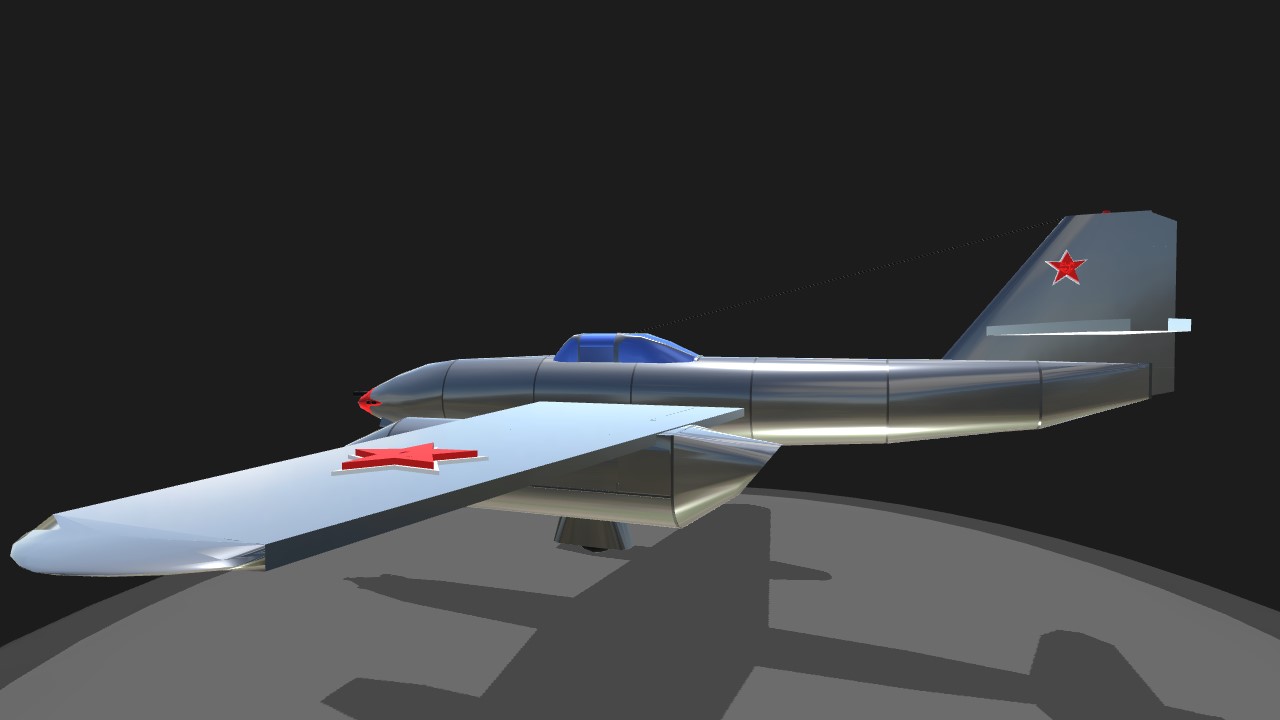
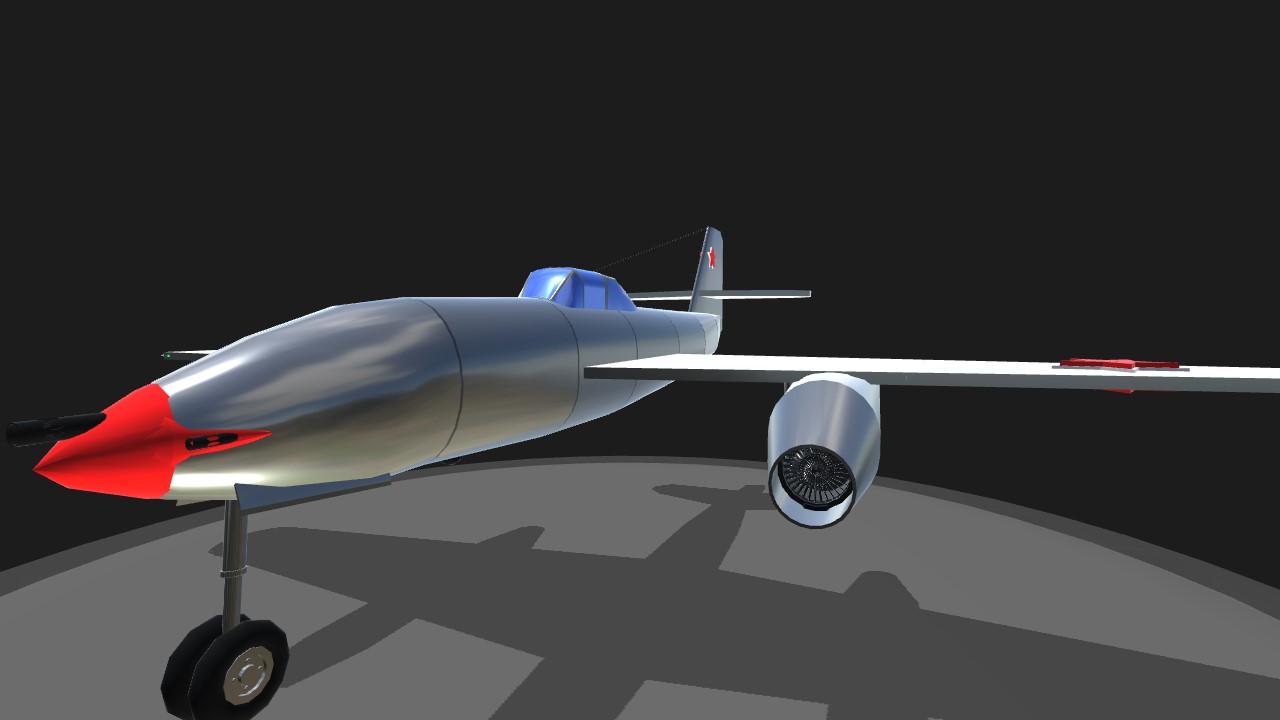
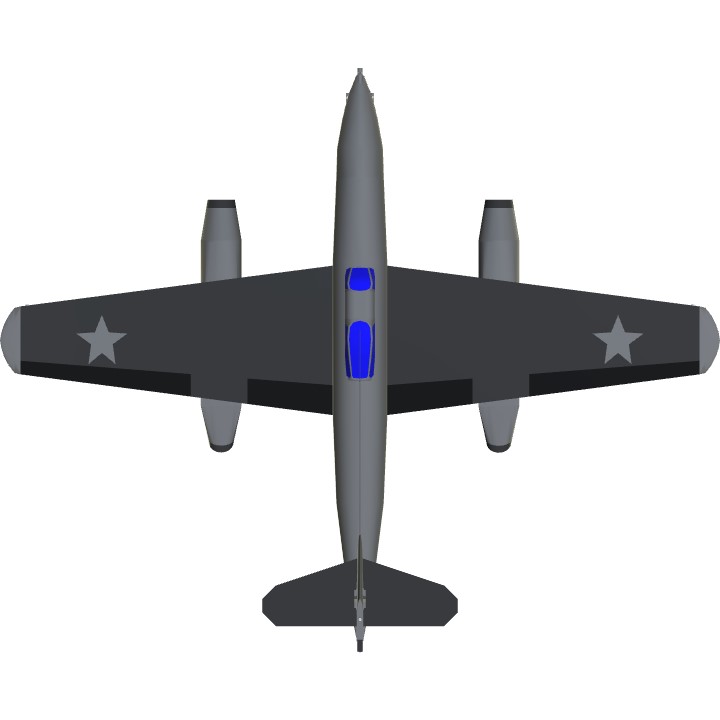
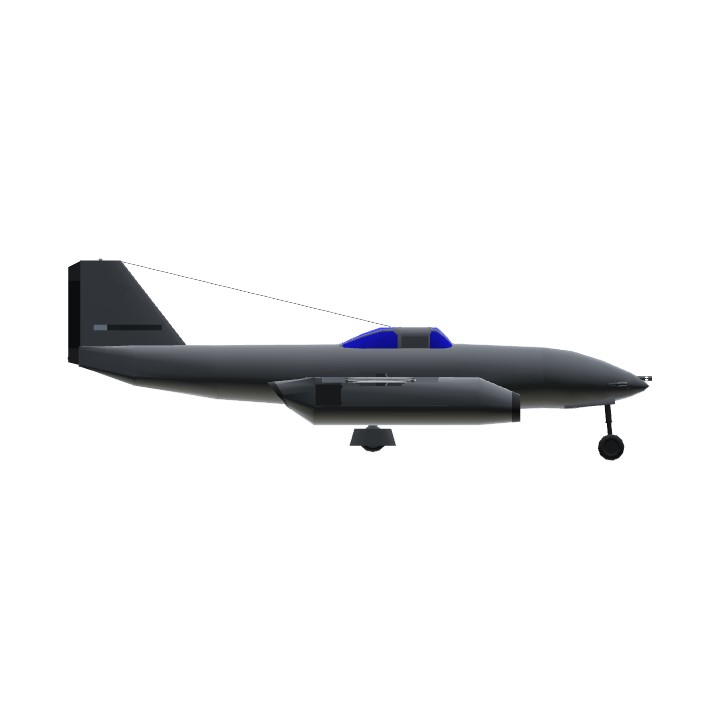
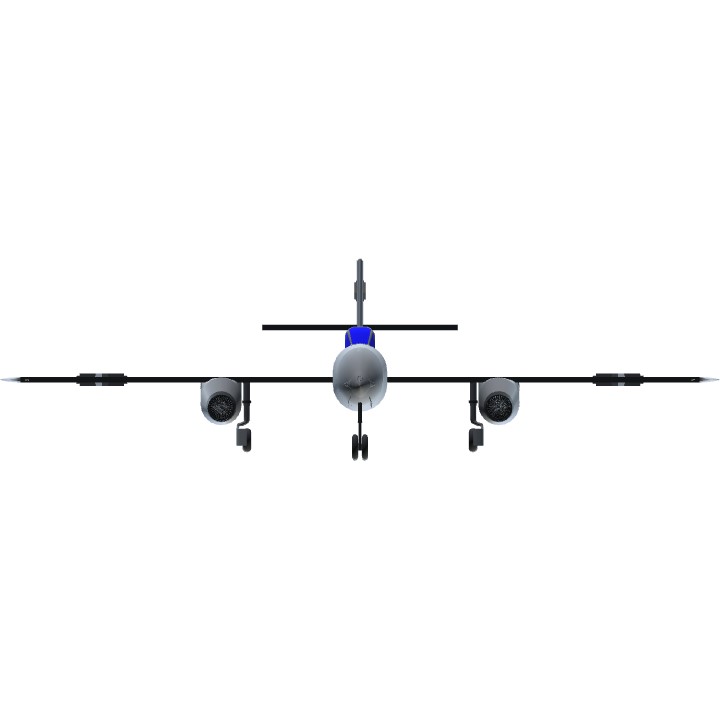
@XEPOH , Thanks for your upvote .
@Trainzo no problem, love that plane too btw!
@nadvgia , thank for you upvote .